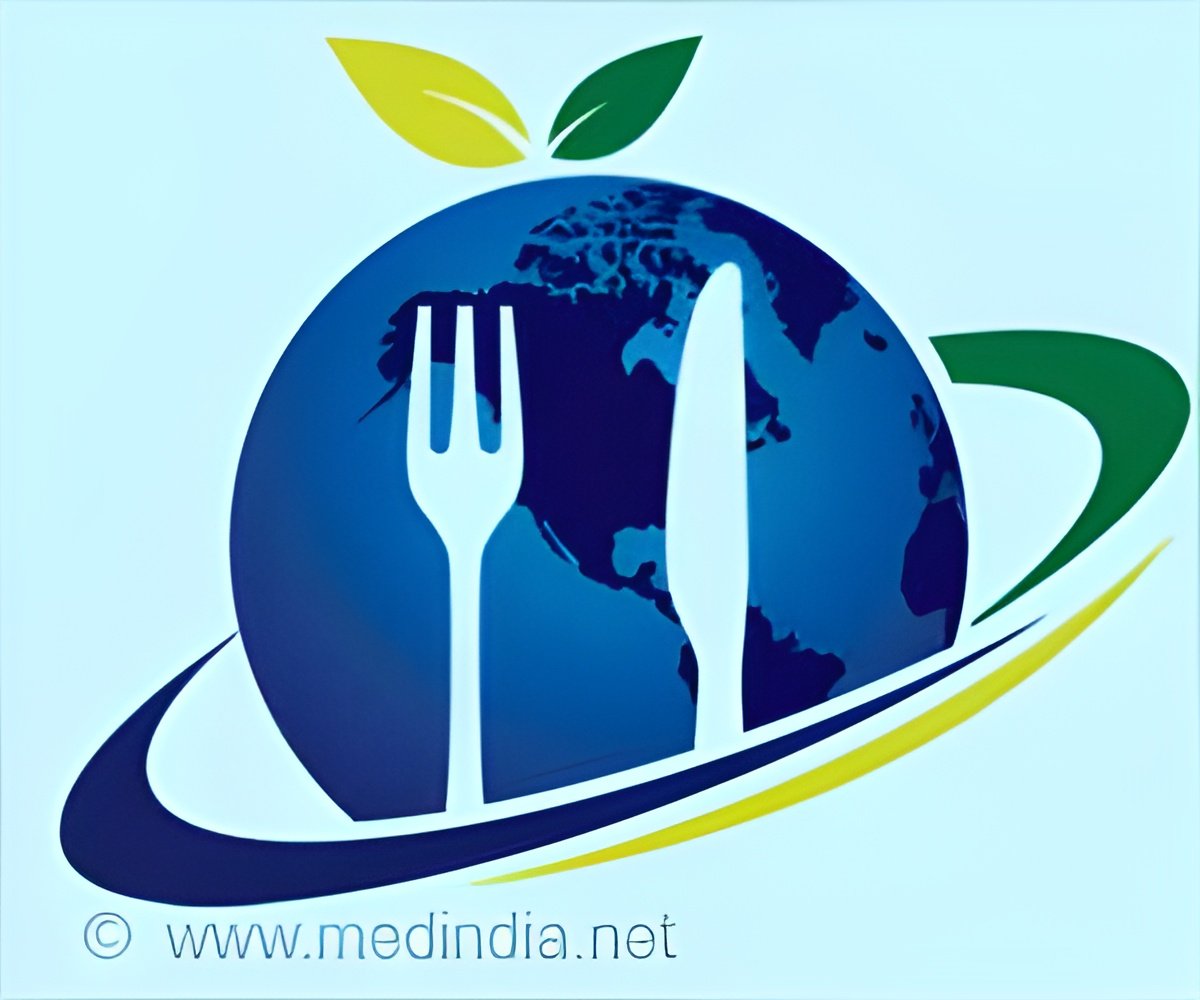
India has successfully reduced the disparity in severe child food poverty between poorer and wealthier households by at least 5 percentage points over the last decade (1✔ ✔Trusted Source
UNICEF: 1 in 4 children globally live in severe child food poverty
).
The other countries with severe food poverty among children include neighboring Afghanistan (49 percent), Bangladesh (20 percent), China (10 percent), and Pakistan (38 percent).
Global Child Food Poverty
Globally, about 181 million children — or 1 in 4 — under 5 years of age are experiencing severe child food poverty, according to the UN report based on data from nearly 100 countries. Of these, around 64 million affected children are in South Asia, and 59 million are in Sub-Saharan Africa. However, the report showed that India is among 11 countries to make progress. Besides India, Armenia made progress in Asia. The other nine include Burkina Faso, Cote d’Ivoire, the Democratic Republic of the Congo, the Dominican Republic, Guinea, Lesotho, Liberia, Senegal, and Sierra Leone — in Africa.
“Children living in severe food poverty are children living on the brink. Right now, that is the reality for millions of young children, and this can have an irreversible negative impact on their survival, growth, and brain development,” said UNICEF Executive Director Catherine Russell.
“Children who consume just two food groups per day, for example, rice and some milk, are up to 50 percent more likely to experience severe forms of malnutrition. “UNICEF defines child food poverty as children’s inability to access and consume a nutritious and diverse diet in early childhood.” The UN agency recommends eating five of eight main food groups daily — breastmilk; dairy products; eggs; meat, poultry, and fish; pulses nuts, and seeds; vitamin A-rich fruits and vegetables; grains, roots, tubers, and plantains; and other fruits and vegetables.
The report defined children as living in severe child food poverty if they consume foods from two or fewer food groups out of these eight groups; Importantly, the lack of a nutritious and diverse diet is restricting children’s optimal growth and development in early childhood and beyond.
The report showed that extreme food poverty is making children 50 percent more likely to experience wasting — a life-threatening form of malnutrition. Besides the socio-economic impacts of the COVID-19 pandemic, growing inequities, conflicts, and the climate crisis have pushed food prices and the cost of living to record high levels surging the levels of food poverty worldwide.
Advertisement
Child food poverty crises are fueled by factors including food systems that fail to provide children with nutritious, safe, and accessible options, families’ inability to afford nutritious foods, and parents’ inability to adopt and sustain positive child-feeding practices, the report said.
Reference:
- UNICEF: 1 in 4 children globally live in severe child food poverty – (https://www.unicef.ch/en/current/press-releases/2024-06-06/unicef-1-4-children-globally-live-severe-child-food-poverty)
Source-IANS



